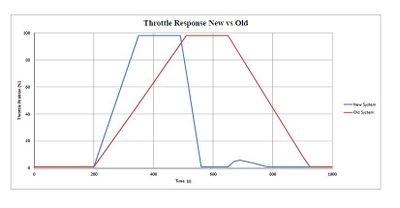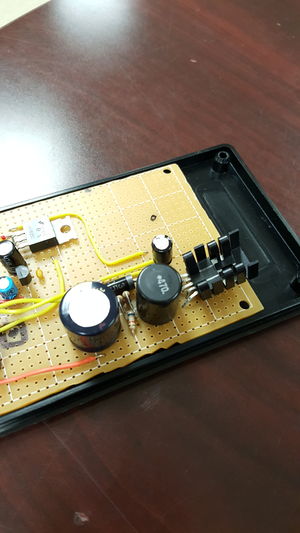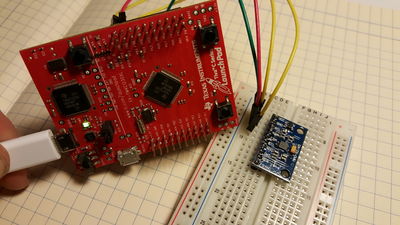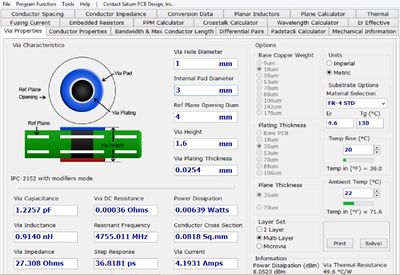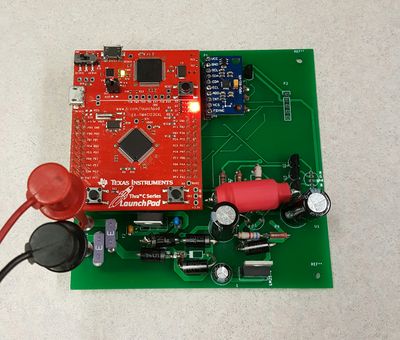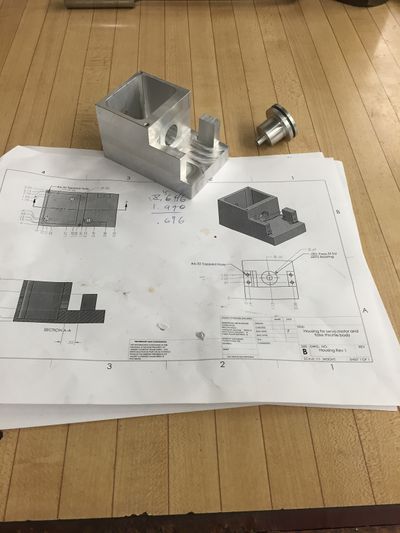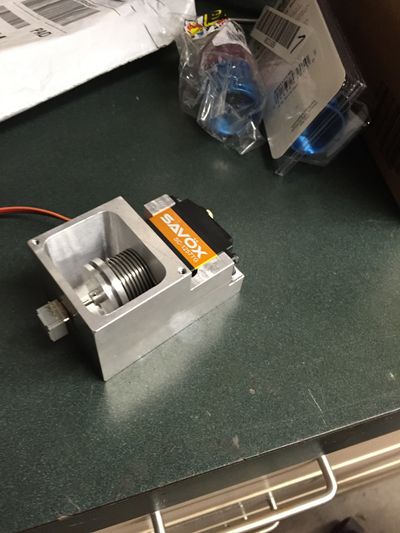Snowmobile Traction Control
| Team Picture | |
| Sponsors |
|
| Mentor | Dillon Savage |
| Team Name | One Track Mind |
| Team Members |
|
| Duration | Fall 2015 - Spring 2016 |
Our goal is to implement a launch control (LC)/ traction control (TC) system on the 2016 Idaho Clean Snowmobile Team competition platform, modulated via an Electronic Throttle Control System (ETC). The components will be seated in a mechanical housing that can be implemented on a variety of platforms.
Problem Statement[edit | edit source]
- To improve performance of previous year’s electronic throttle control (ETC) system
- To implement an electronic launch control (ELC) system
- To implement a traction control system (TCS)
- Operate under CSC team time constraints
Background[edit | edit source]
Our main goal is to improve on the previous design with the addition of an electronic traction/launch control system. The previous year's design had an electronic throttle but the throttle action was delayed noticeably from the rider input. The previous electronic throttle raised some safety concerns with the delay in letting off the throttle. Our first priority was to improve the electronic throttle design to make it quicker and safer. Next, an electronic traction control and launch control system can be developed. Finally, the whole system will be packaged in a housing that in portable to other snowmobile models with minimal modifications.
Specifications[edit | edit source]
- Traction control system allows the sled to travel a distance in less time than the stock platform.
- Budget is $500 for Development and $200 for final system.
- Throttle feel as close to stock as possible.
- Use of a TI Tiva C microcontroller for processing system.
- Reduce response time of Electronic Throttle Control system to half of the previous year's design. (< 150ms)
- Operate under CSC team time constraints.
Design[edit | edit source]
ETC[edit | edit source]
An electronic throttle control system (ETC) on the competition platform developed by Idaho CSC was used as the basis for our design work. An ETC system is used on the competition platform to gain a greater level of control over input to the engine and to implement other control systems including launch control and traction control. To achieve the goal of a more responsive electronic throttle, we used a higher power, faster servo in place of the previous design. The servo chosen was a Savox 1257tg servo which has high performance for the price and also high quality titanium gears.
The performance gain over the old electronic throttle system using the new servo was substantial. The higher power servo also required a more capable power supply that needed to be designed.
Launch Control / Traction Control[edit | edit source]
The purpose of the launch control is to increase the average acceleration of the competition platform over a low traction surface from a stop. This is achieved by limiting the slip of the track which gives better grip and therefore better acceleration. The difficulty measuring track slip on a snowmobile is that there is only one reference to compare velocity. Whereas cars have four wheels that individual speeds can be measured, snowmobiles only have one track. This led us to use accelerometer based traction/launch control. The image below shows the sensor used to measure acceleration on the sled.
Electrical System[edit | edit source]
The electrical system for the sled has three main components:
- Power Supply
- Processing/sensors
- Packaging/PCB
The power supply for the Electronic Throttle required higher current capability than the previous design. This led us to come up with three different design alternatives.
The first proposed design for the power supply included using parallel linear regulators to supply a fixed voltage while supplying the desired current.
The next alternative was an off the shelf component that can supply the required current all in one package. This power supply required air flow which is unavailable in the package on the sled.
The design we selected was an LM2576 switching regulator with heat sinking capability. This design was readily available, low cost, and provides the current capability that we need.
The MCU chosen to process the sensor data and control the throttle position was the TI Tiva C Launchpad. This platform is already in use on other University of Idaho SAE teams so it was picked for this team for consistency and code portability.
To incorporate all of the electrical components in one package we decided to create a Printed Circuit Board. This makes the product easily manufactured and modular. There is an abundance of PCB making softwares but we decided to use KiCad PCB Software. This is because other University of Idaho SAE teams use the same software so there are resources available if problems arose with the design.
Using a PCB also allowed us to incorporate extra safety measures for the electrical system including: reverse polarity protection, cross coupled inputs, and signal loss failsafes.
Signal conditioning on the throttle input was also incorporated in the PCB design which allowed higher frequency noise to be filtered out causing the electronic throttle to be less jittery.
A big design consideration for the PCB design was the trace and via sizes. They have to be big enough to handle the higher current of the new electronic throttle without burning up. To calculate the sizes, Saturn PCB software was used to find the dimensions of each trace and via.
The final PCB layout is 10cm X 10cm and only uses 2 layers. This minimized cost for production.
Mechanical System[edit | edit source]
The mechanical system is made up of two major parts:
- The throttle cable/false throttle body housing.
- Servo/sensor/electrical housing.
The throttle feel is as close to stock as possible by using the stock cables and springs. The cables lead into a false throttle housing where the throttle position is sensed using a potentiometer. The false throttle housing is easily exchangeable between multiple platforms and easily switched between mechanical and electrical throttle by moving the throttle cable.
The false throttle body housing serves a dual purpose: to retain the stock "feel" of the throttle pull, and to house the servo and throttle position sensor (potentiometer). The stock feel is retained by using the same factory springs, pulleys, and cable as the original throttle body. Instead of opening the throttle when the cable is pulled, it rotates a potentiometer which the processor measures and outputs the correct throttle position on the servo.

